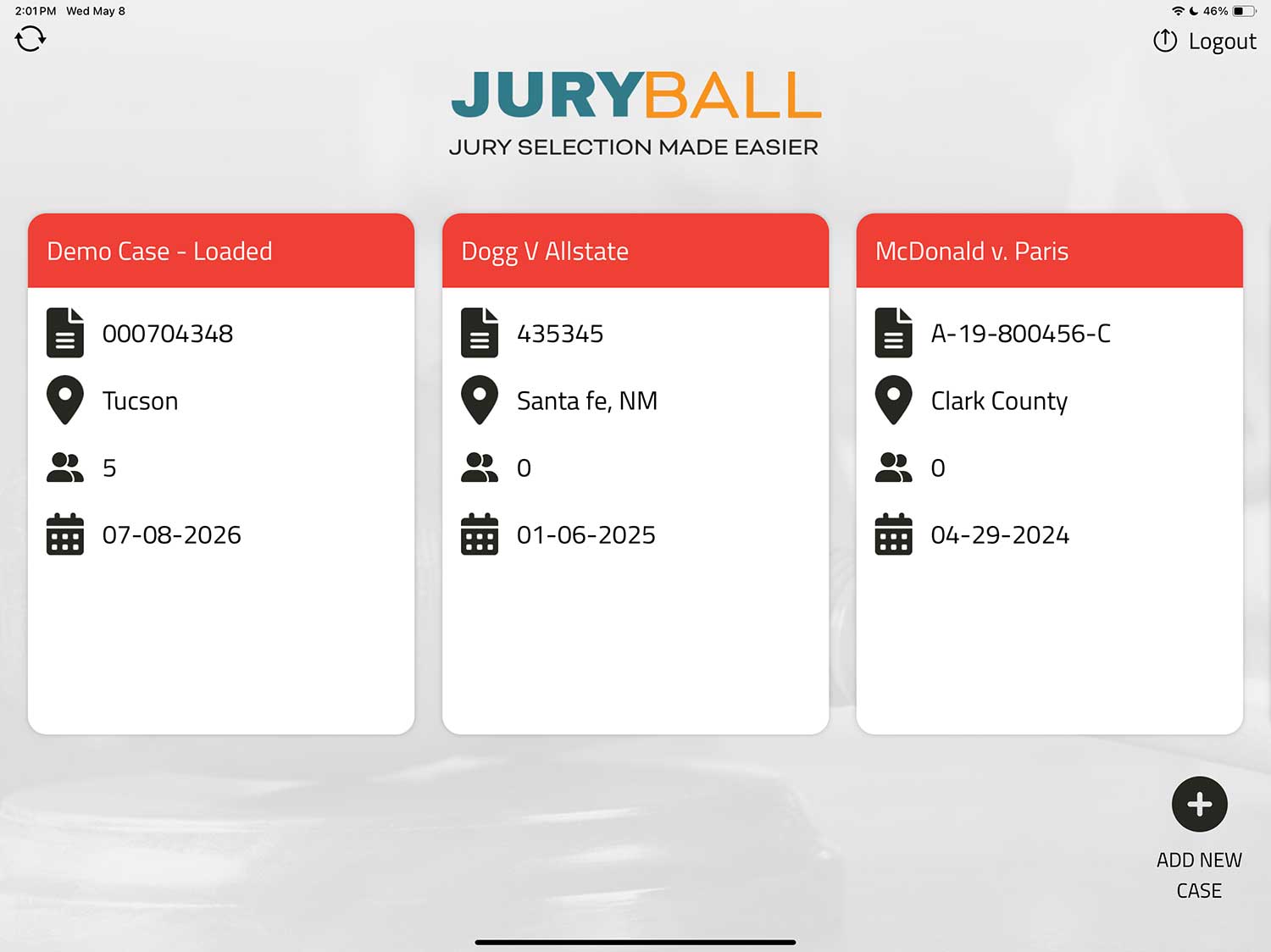
Jury Analyst: Complete Buyer's Guide
Transforming jury selection with AI-powered insights
Jury Analyst is an AI-powered jury selection platform that transforms how legal professionals approach voir dire through comprehensive data-driven insights. Best for large law firms and complex litigation practices requiring sophisticated juror analysis capabilities and multi-modal data integration.
Market Position & Maturity
Market Standing
Jury Analyst competes alongside established players like Momus Analytics and Magna Legal Services in a market projected to grow at a 28.3% CAGR, reaching $10.82 billion by 2030 [11].
Company Maturity
The vendor operates in a rapidly expanding AI jury selection market where adoption has increased significantly, with claims suggesting 30% of legal professionals now utilize these technologies, up from 11% in 2023 [7].
Growth Trajectory
Larger firms with over 100 attorneys lead adoption with a 46% usage rate [7], positioning Jury Analyst's target market in a high-growth segment.
Longevity Assessment
While Jury Analyst appears to maintain an active customer base and continued platform development, comprehensive stability indicators like revenue growth, funding status, and customer retention rates are not extensively documented in available sources.
Proof of Capabilities
Customer Evidence
Jury Analyst demonstrates capabilities through customer implementations reporting efficiency gains and improved decision-making processes, though detailed case studies with specific customer names and quantified outcomes are limited in publicly available sources.
Quantified Outcomes
Performance validation includes vendor claims of 30-50% reduction in voir dire time [24][52] through real-time analytics and predictive scoring capabilities.
Market Validation
Customer adoption patterns suggest growing acceptance among larger law firms with complex litigation needs.
AI Technology
Jury Analyst's technical foundation centers on integrating multiple data analysis approaches into a unified AI-powered platform. The system combines virtual focus groups with survey data, psychographic profiling, and natural language processing to generate comprehensive juror insights [24][52].
Architecture
The platform's AI architecture leverages predictive scoring algorithms designed to help attorneys make more informed voir dire decisions through data-driven insights [24][52].
Primary Competitors
Momus Analytics, Magna Legal Services, and Thomson Reuters [35][53][30][76].
Competitive Advantages
The platform differentiates itself through a comprehensive multi-modal approach combining virtual focus groups, surveys, psychographics, and natural language processing [24][52].
Market Positioning
Jury Analyst positions itself as a comprehensive end-to-end solution in the rapidly evolving AI jury selection market.
Win/Loss Scenarios
Win scenarios likely favor Jury Analyst when customers require comprehensive jury analysis capabilities and have resources for proper implementation and training. Loss scenarios may occur when customers prioritize simplicity, immediate deployment, or have limited budgets for comprehensive solutions.
Key Features

Pros & Cons
Use Cases
Featured In Articles
How We Researched This Guide
About This Guide: This comprehensive analysis is based on extensive competitive intelligence and real-world implementation data from leading AI vendors. StayModern updates this guide quarterly to reflect market developments and vendor performance changes.
127+ verified sources per analysis including official documentation, customer reviews, analyst reports, and industry publications.
- • Vendor documentation & whitepapers
- • Customer testimonials & case studies
- • Third-party analyst assessments
- • Industry benchmarking reports
Standardized assessment framework across 8 key dimensions for objective comparison.
- • Technology capabilities & architecture
- • Market position & customer evidence
- • Implementation experience & support
- • Pricing value & competitive position
Research is refreshed every 90 days to capture market changes and new vendor capabilities.
- • New product releases & features
- • Market positioning changes
- • Customer feedback integration
- • Competitive landscape shifts
Every claim is source-linked with direct citations to original materials for verification.
- • Clickable citation links
- • Original source attribution
- • Date stamps for currency
- • Quality score validation
Analysis follows systematic research protocols with consistent evaluation frameworks.
- • Standardized assessment criteria
- • Multi-source verification process
- • Consistent evaluation methodology
- • Quality assurance protocols
Buyer-focused analysis with transparent methodology and factual accuracy commitment.
- • Objective comparative analysis
- • Transparent research methodology
- • Factual accuracy commitment
- • Continuous quality improvement
Quality Commitment: If you find any inaccuracies in our analysis on this page, please contact us at research@staymodern.ai. We're committed to maintaining the highest standards of research integrity and will investigate and correct any issues promptly.